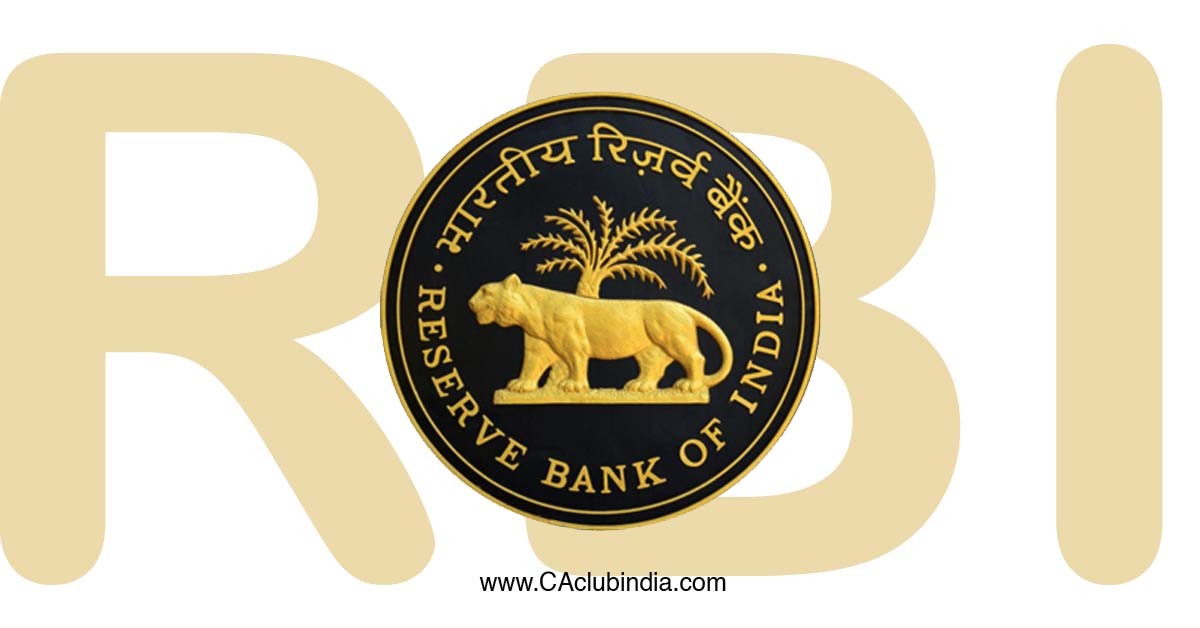On 19th December 2023, the Reserve Bank of India (RBI), issued guidelines regarding investments made in Alternative Investment Funds (AIFs) made by Banks and Non-banking Financial Companies (NBFCs), commonly referred to as regulated entities. These guidelines are aimed at addressing the issue of "evergreening". Evergreening refers to the concealment of the true extent of bad loans by allowing delinquent borrowers to take additional loans in order to repay the existing ones.
AIFs are privately managed funds with a minimum investment amount of INR 1 crore. Typically, the investors in these funds include family offices, High Net worth Individuals (HNWIs), banks, and NBFCs. AIFs usually allocate their investments across various asset classes such as venture capital, infrastructure funds, and high-yielding debt instruments. Together with Mutual Funds (MFs), AIFs represent one of the fastest-growing investment vehicles in the country.
The RBI has raised concerns about certain banks and NBFCs potentially utilizing AIFs as a means to conceal their non-performing / bad loans. There is a suspicion that investors in these AIFs may be leveraging their investments to transfer their bad loans to these funds, thus effectively removing such loans from their books.

For example, assume that an NBFC has extended a loan of INR 50 crores to a real estate developer who is now facing financial distress and is on the verge of default. (Assume that the outstanding dues are INR 50 crores). In an attempt to address the potential provisioning and non-performing asset (NPA) issues, the NBFC shall invest INR 50 crores in an AIF. Subsequently, the real estate developer will issue bonds worth INR 50 crores, which will be subscribed by the AIF. The funds raised through these bonds will then be used by the developer to settle the outstanding loan with the NBFC, thus effectively averting the provisions and NPA problems that the NBFC would have faced.
In response to such practices, the RBI has implemented stringent measures. As per the new guidelines, regulated entities are prohibited from investing in any scheme of the AIF that holds downstream investments, either directly or indirectly, in a debtor company of the regulated entity. This implies that if a Bank or NBFC has financial exposure to or has extended loans to a particular company within the preceding 12 months, they are restricted from investing in an AIF scheme that channels funds into the same company.
Additionally, the RBI has instructed lenders who have invested in AIF schemes falling within the scope of the aforementioned circular to liquidate their investments within a 30-day timeframe. If a lender is unable to liquidate their investments within this stipulated period, they are required to make a full provision, accounting for 100% of the value of such investments.
Opinions among experts on this matter are polarized. Some experts appreciate the initiative, noting that it will enhance transparency in the disclosure of bad loans, others have said that the RBI has used a sledgehammer approach to resolve the problem. The comprehensive nature of the directives, which apply retrospectively to all types of AIFs, is raising concerns, particularly among lenders who had invested in AIFs for asset diversification and higher returns.
The directive's requirement for lenders to liquidate their AIF investments within a 30-day timeframe poses a significant challenge. This challenge is compounded by the absence of a secondary market in India for these unlisted AIF units. Lenders may find themselves compelled to engage in a fire sale, potentially resulting in losses on their portfolios.
The potential repercussions of the RBI guidelines are substantial, with an estimated impact on Assets under Management (AUM) ranging from INR 20,000 to INR 30,000 crores. The necessity for banks to consider a fire sale to offload assets or provision for them poses a considerable challenge. They will have to make provisions that would affect their capital adequacy. NBFCs and AIFs having high exposure to real estate builder loans will have the maximum impact of the RBI guidelines.
The newly introduced guidelines will discourage lenders from investing in AIFs even when driven by genuine motives. Should lenders choose to proceed with such investments, they will require a commitment from the AIFs ensuring they refrain from investing in any debtor company associated with the lender. This would be a significant barrier to lenders investing in AIFs.
Various industry bodies have actively communicated their concerns to the RBI, asserting that the guidelines may impede the inflow of authentic investments into AIFs. They have proposed an alternative approach, suggesting that the directives be enforced only when the lender's investment in the AIF constitutes at least 25% of the AIF's total investment in the debtor company, and the lender's loan to the said debtor company is due within a year of the lender's investment in the AIF. This would ensure that genuine investments in AIFs would continue while discouraging ever-greening.








 CAclubindia
CAclubindia

